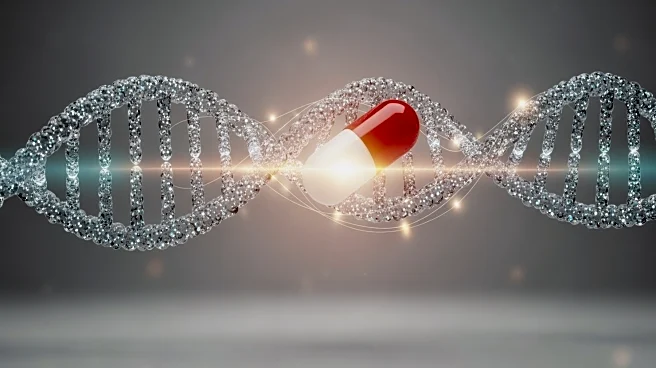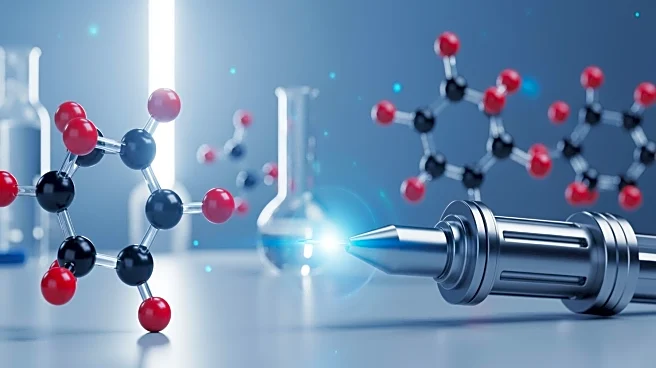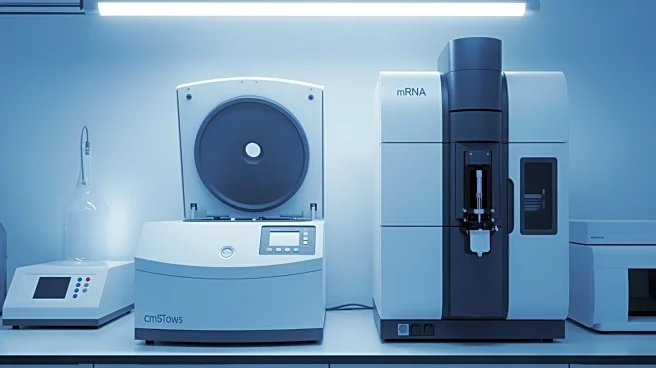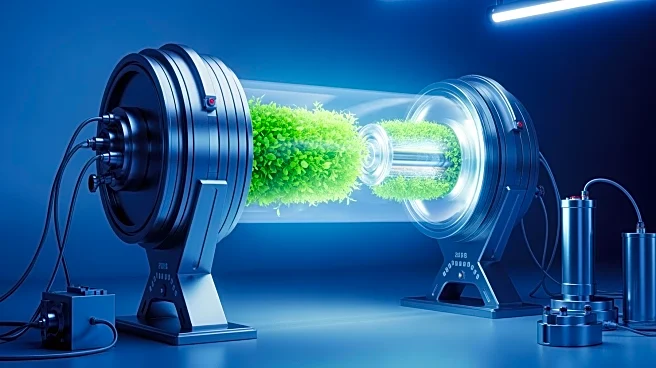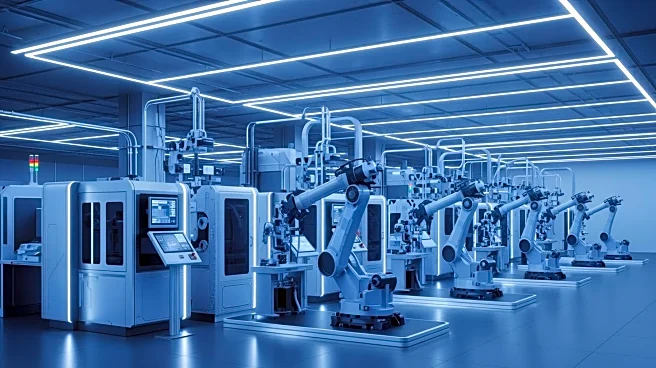What's Happening?
Researchers at the National University of Singapore (NUS) have discovered a novel application of deoxyribonucleic acid (DNA) that could revolutionize drug manufacturing. Traditionally known for its role in carrying genetic information, DNA can also guide
chemical reactions to produce specific mirror-image compounds, which are crucial in drug development. Many pharmaceuticals are chiral, existing in two mirror-image forms that can have vastly different effects in the body. The NUS team, led by Assistant Professor Zhu Ru-Yi, found that DNA's phosphate groups can attract positively charged molecules, aligning them correctly to produce the desired compound. This process, known as 'ion pairing,' simplifies the production of chiral drugs, making it cleaner and more sustainable. The findings were published in Nature Catalysis, highlighting the potential of DNA as a tool for green chemistry.
Why It's Important?
The discovery by NUS researchers holds significant implications for the pharmaceutical industry, particularly in the production of chiral drugs. These drugs often require complex manufacturing processes to ensure the correct mirror-image form is produced, as the wrong form can be ineffective or harmful. By using DNA to guide these reactions, the process becomes more efficient and environmentally friendly, reducing waste and energy consumption. This advancement could lower production costs and increase the availability of high-value pharmaceuticals, benefiting both manufacturers and consumers. Additionally, the method aligns with global efforts to make chemical manufacturing more sustainable, addressing environmental concerns associated with traditional drug production methods.
What's Next?
The NUS team plans to further explore the potential of DNA phosphates in designing and producing chiral compounds for next-generation drug development. This research could lead to new methodologies in pharmaceutical manufacturing, potentially transforming how complex drugs are produced. Collaboration with other institutions, such as The Chinese University of Hong Kong, will continue to validate and expand upon these findings. As the method gains traction, it may prompt changes in industry standards and practices, encouraging more sustainable approaches to drug production.
Beyond the Headlines
The use of DNA as a guiding tool in chemical reactions opens up possibilities beyond pharmaceuticals. This approach could be applied to other areas of chemical manufacturing, potentially leading to innovations in materials science and biotechnology. The ethical implications of using DNA in non-traditional ways also warrant consideration, as researchers navigate the balance between scientific advancement and natural processes. Long-term, this discovery could influence educational curricula, emphasizing the interdisciplinary nature of chemistry and biology.
